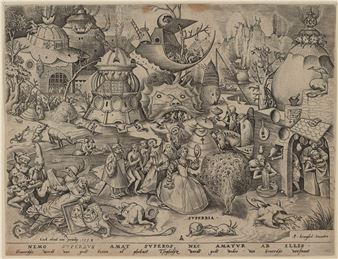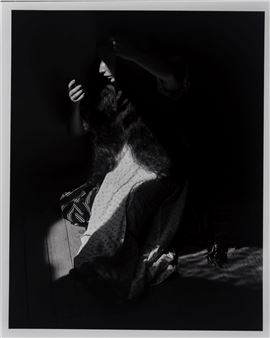Minimalism: Now/Then/Again
Works in this installation, which includes Frank StellaÔÇÖs iconic painting from his Irregular Polygon Series (mid-1960s), Richard TuttleÔÇÖs eccentric and poetic drawings (mid-1970s), Haim SteinbachÔÇÖs mixed-media assemblage (1986), and Lucky DeBellevueÔÇÖs awkwardly elegant chenille stem sculpture (1994), explore the relationship of the viewer - ÔÇ£the bodyÔÇØ (in art historical terms) -- to the work of art and the space they both ÔÇ£inhabit.ÔÇØ Examining the manifestations of the Minimalist aesthetic since the 1960s will offer a renewed appreciation of its importance and relevance to the story of the transformative power of contemporary art.

Recommended for you
Works in this installation, which includes Frank StellaÔÇÖs iconic painting from his Irregular Polygon Series (mid-1960s), Richard TuttleÔÇÖs eccentric and poetic drawings (mid-1970s), Haim SteinbachÔÇÖs mixed-media assemblage (1986), and Lucky DeBellevueÔÇÖs awkwardly elegant chenille stem sculpture (1994), explore the relationship of the viewer - ÔÇ£the bodyÔÇØ (in art historical terms) -- to the work of art and the space they both ÔÇ£inhabit.ÔÇØ Examining the manifestations of the Minimalist aesthetic since the 1960s will offer a renewed appreciation of its importance and relevance to the story of the transformative power of contemporary art.

 ARTISTS
ARTISTS
















